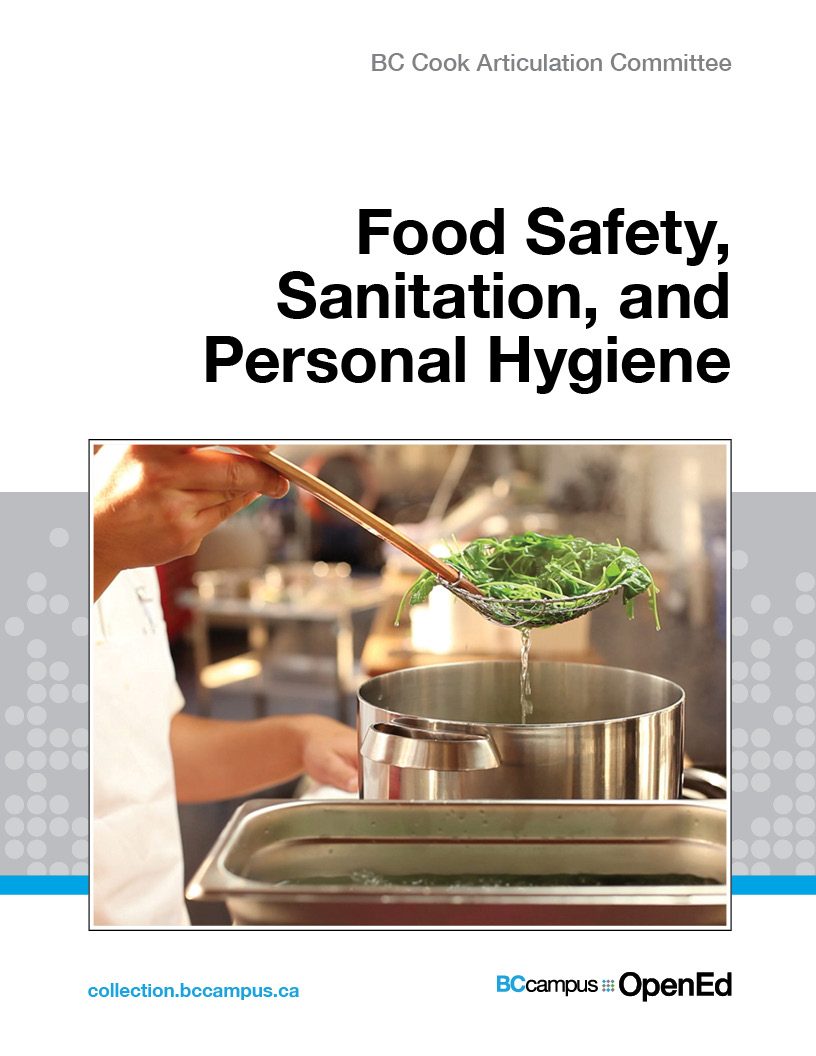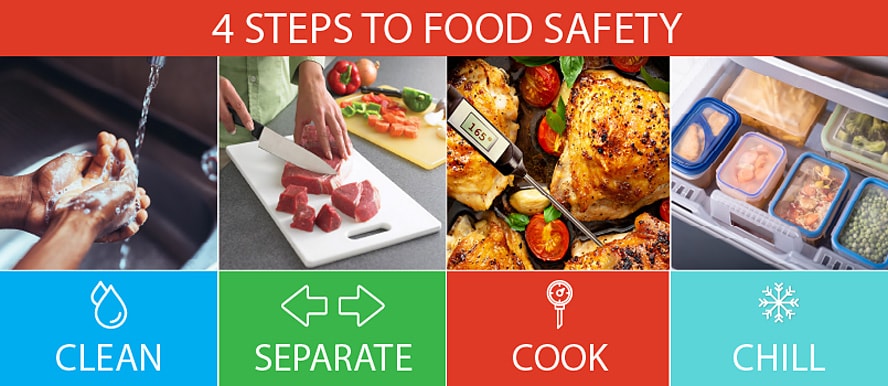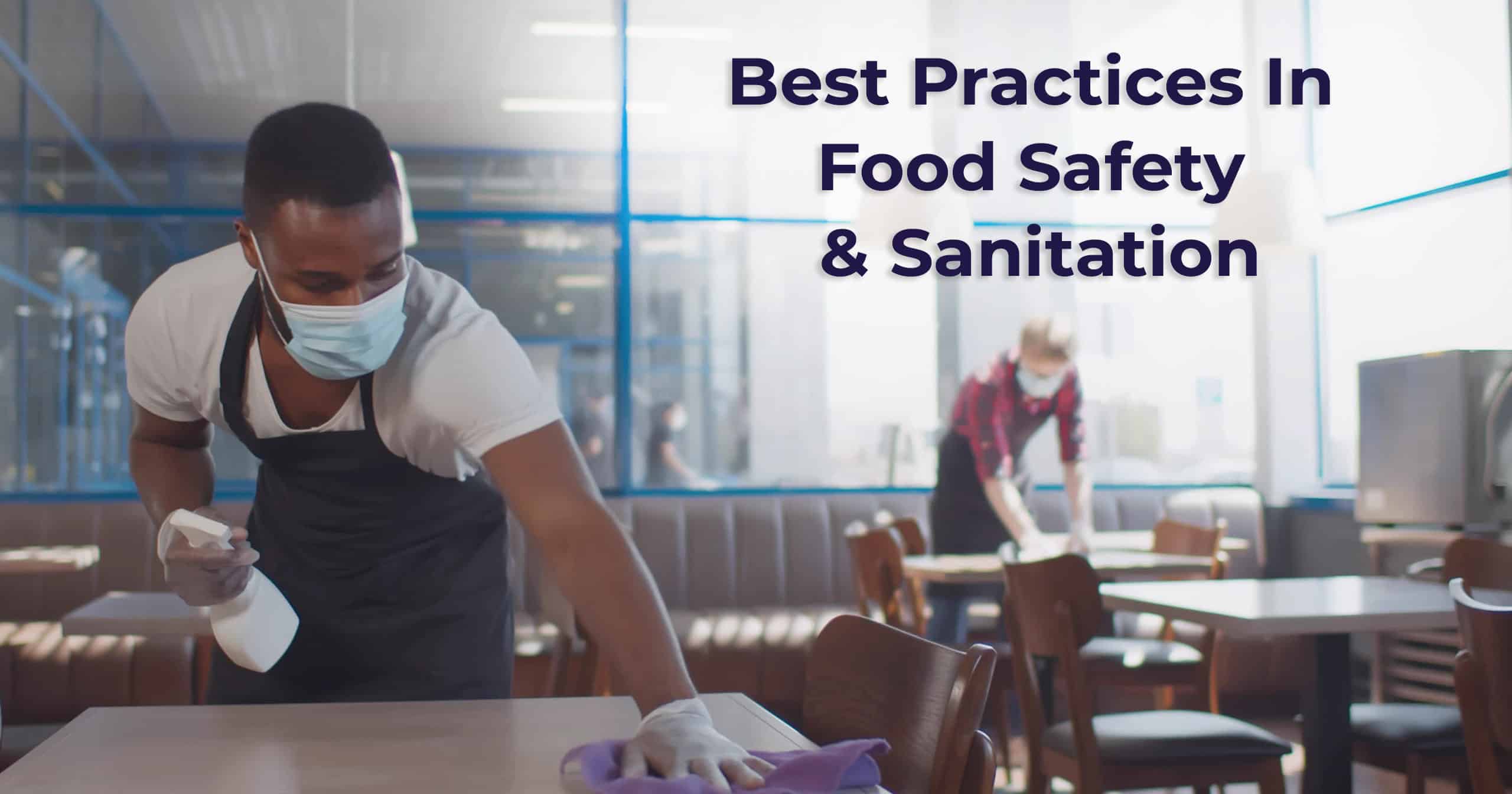To ensure kitchen safety and sanitation, it is crucial to follow best practices like proper handwashing, regular cleaning and sanitizing of surfaces and equipment, and safe food handling and storage. Creating a clean and safe environment in the kitchen is essential to prevent the spread of bacteria and potential foodborne illnesses.
By adhering to these best practices, you can maintain high standards of hygiene and ensure the safety of both your customers and staff members.

Credit: study.com
The Importance Of Kitchen Safety
Kitchen safety and sanitation are crucial for preventing accidents and reducing risks of contamination. It is important to always wash hands before handling food and to regularly clean and sanitize all surfaces. Using separate cutting boards for raw meats and produce can help prevent cross-contamination. Ensuring that all kitchen appliances are in good working condition and observing proper cooking temperatures is essential for preventing foodborne illnesses. In addition, proper storage of food items and maintaining a clean and organized kitchen environment can help minimize risks. Regularly inspecting and maintaining kitchen equipment such as stoves, ovens, and refrigerators is vital for ensuring safety. Overall, implementing best practices in kitchen safety and sanitation is essential for protecting the health and well-being of everyone in the household.
Essential Kitchen Safety Practices
Discover essential kitchen safety practices to maintain sanitation. Implement best practices for safe food handling and hygiene in the kitchen. Prioritize safety to prevent accidents and promote a healthy cooking environment.
Proper Food Handling
Proper food handling is crucial to prevent foodborne illnesses. Always wash hands thoroughly before and after handling food. Keep raw meats and other perishables separate from ready-to-eat food items to avoid cross-contamination. Store food properly in the refrigerator or freezer at the correct temperatures to prevent bacterial growth. Use separate cutting boards and utensils for different food groups to prevent the spread of bacteria. Cook food to the recommended internal temperatures to kill harmful pathogens.
Safe Equipment Usage
| Equipment | Safety Tips |
|---|---|
| Stovetop | Keep flammable objects away from the burners. Turn handles of pots and pans away from the edge to prevent accidental spills. Always turn off the stove when not in use. |
| Knives | Always use sharp knives to prevent slipping. Cut away from your body to avoid injuries. Store knives in a designated block or rack to prevent accidents. |
| Electrical Appliances | Unplug appliances when not in use. Avoid using damaged cords or plugging multiple appliances into one outlet. |
Fire Safety Measures
- Keep a fire extinguisher in the kitchen and ensure proper maintenance and regular checks.
- Install smoke detectors and test them regularly to detect any potential fires early.
- Never leave cooking unattended, especially when using high heat or deep-frying.
- In case of a grease fire, use a fire blanket or extinguisher specifically designed for grease fires, and not water.
Maintaining A Sanitary Kitchen Environment
Maintaining a sanitary kitchen environment is crucial for ensuring food safety. Best practices in kitchen safety and sanitation include regularly cleaning and sanitizing surfaces, storing food at proper temperatures, and properly handling raw foods. Following these practices can help prevent the spread of foodborne illnesses and maintain a healthy kitchen environment.
Maintaining a sanitary kitchen environment is essential for ensuring the safety of both the food and the people who consume it. Cleaning and disinfecting surfaces regularly is one of the fundamental practices in kitchen safety and sanitation. Regularly wiping down counters and chopping boards with a bleach-based solution can help eliminate harmful bacteria. It is equally important to practice hygienic food storage to prevent cross-contamination and foodborne illnesses. Keep raw and cooked foods separated in the refrigerator and use sealed containers to prevent the spread of bacteria. Personal hygiene is also crucial in a sanitary kitchen environment. Washing hands thoroughly before and after handling food, as well as wearing clean aprons and gloves, can help minimize the risk of contamination. By following these best practices, you can maintain a clean and safe kitchen environment for yourself and your loved ones.
Credit: opentextbc.ca
Training And Education For Kitchen Staff
`Proper training and education for kitchen staff are essential to maintain kitchen safety and sanitation. Employees should understand the importance of adhering to proper protocols and procedures to prevent accidents and maintain cleanliness. Certifications in food safety, such as ServSafe, offer valuable knowledge on handling and storing food to prevent contamination. Kitchen staff should be trained in recognizing potential hazards and how to respond in emergency situations. Providing ongoing education ensures that employees stay updated on the latest safety practices and regulations.
| Importance of Training | Understanding protocols and procedures |
| Certifications in Food Safety | ServSafe for knowledge on handling and storing food |
Regular Inspections And Audits
Internal Audits: Conduct regular inspections to ensure compliance with cleanliness standards.
External Health Inspections: Schedule inspections by health authorities periodically for certification and adherence to regulations.
Corrective Actions: Address any identified issues promptly to maintain a safe and sanitary kitchen environment.

Credit: www.cdc.gov
Frequently Asked Questions For Best Practices In Kitchen Safety And Sanitation
What Are The Safety And Sanitation Procedures In Kitchen?
Safety and sanitation in the kitchen are crucial. Follow these guidelines for best practices: – Clean surfaces regularly to prevent cross-contamination. – Wash hands thoroughly before touching food. – Store food at the appropriate temperatures to prevent spoiling. – Use separate cutting boards for raw and cooked foods.
– Cook food to the proper internal temperature to kill bacteria.
What Are The Most Important Kitchen Safety Practices?
To ensure kitchen safety, follow these essential practices: 1. Keep your work area clean and organized. 2. Use proper food handling techniques to prevent contamination. 3. Avoid wearing loose clothing and tie back long hair. 4. Use caution when handling sharp objects and hot surfaces.
5. Always supervise children in the kitchen.
What Are The Best Sanitation Practices To Safely Prepare Food?
To safely prepare food, follow these best sanitation practices: 1. Wash hands with soap and water for 20 seconds. 2. Clean surfaces and utensils with hot, soapy water. 3. Separate raw meats from ready-to-eat foods. 4. Cook foods to the recommended temperature.
5. Chill perishable foods promptly.
What Are The Top 10 Rules For Good Kitchen Hygiene?
Top 10 rules for good kitchen hygiene include washing hands frequently, cleaning surfaces regularly, storing food properly, and avoiding cross-contamination. Make sure to keep appliances clean, wash fruits and vegetables thoroughly, use separate cutting boards, and avoid handling food with bare hands.
Conclusion
Implementing best practices in kitchen safety and sanitation is crucial for maintaining a healthy and hygienic environment. By following the tips outlined in this blog post, such as proper handwashing, using separate cutting boards, and regularly cleaning and sanitizing kitchen surfaces, you can protect yourself and your loved ones from foodborne illnesses.
It’s essential to prioritize safety and sanitation in the kitchen to ensure a safe and enjoyable cooking experience.

